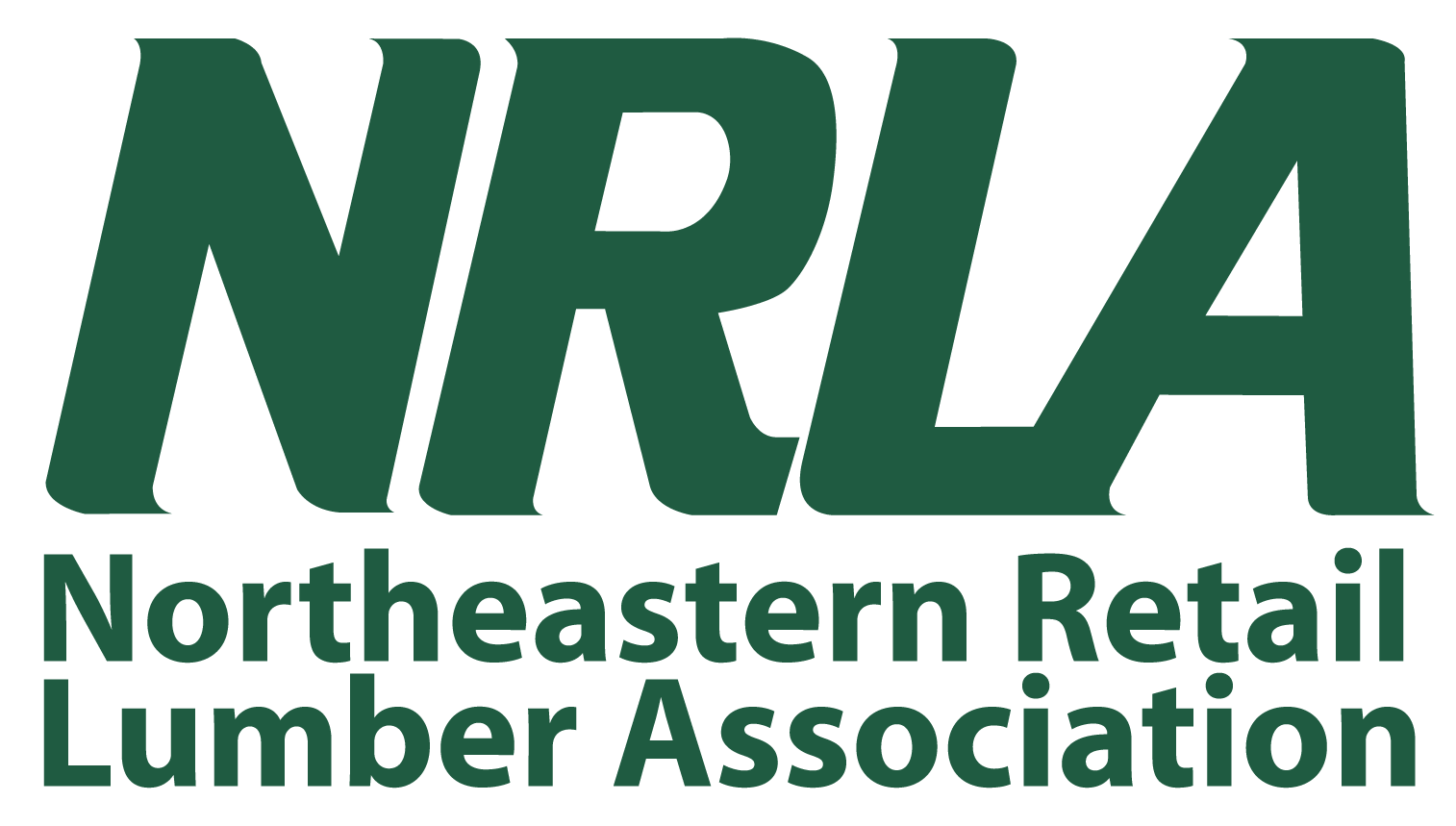For many people, the fall represents a change of seasons, with leaves changing color, days getting much shorter, and cool crispiness in the morning air. In our business, this is typically the last big push for business before winter arrives.
As a marketer, I tend to look at fall a little differently. For me, fall represents the time to evaluate what has worked over the course of the year and develop what I will do next year to stimulate demand and strengthen our brand in the marketplace. One of the most important parts of this evaluation is: how did my vendors perform in conjunction with our plans, and did I spend all my cooperative advertising (co-op) dollars or did I leave money on the table? Those that didn’t spend most, if not all, of their co-op will find it difficult to get more money next year!
The reason the fall timing is so important is that it is the time of the year that most of the vendors in our world decide how many dollars they are going to budget for co-op for the following year and how they are going to divide it up amongst their customers. Your vendors have budgets just like you do! As a result, it is best practice for dealers to meet with their key vendors in the last quarter of the year, with many meeting in October and November to review this year’s performance. If you wait too long to conduct these meetings, the vendors may have already committed all their discretionary funds they have to others by the start of the new year, to your direct competitors.
Co-op extends the amount of advertising dollars a dealer has to spend on promoting their brand, creating awareness for their products and services, and featuring specific vendor products for the growth of your mutual business. Co-op allows the dealer to reach your customers for a fraction of the budget you would need without those dollars.
Over the years, I have been on all sides of these co-op meetings, in the vendor position, dealer position, and consultant position, with small, medium, and large companies. I can say that at every meeting I was involved with, unanimously the vendors got excited at the prospect of working with a dealer to grow your mutual business!
Are you planning to review your marketing efforts with your key vendors this fall? Are you sharing your ideas for the future and getting vendor input? If not, you’re probably not getting all the co-op funds you could. You may not realize it, but you are competing for vendor-sponsored marketing dollars with other dealers. If you don’t have a process or plan to meet with your vendors, I suggest you should. Here are a few things to consider:
- Are you spending all of the co-op money you have earned, or are you leaving money on the table?
- If you took advantage of vendor co-op this year, how did it perform for you? How did it perform for them? You would be surprised how many vendors are not told how they are performing.
- Are you satisfied with the results? Are they? It is important to know prior to any meeting and negotiations. I used to develop a scorecard of key metrics that I would share.
- Do you know what advertising and promotions your vendors will be doing to promote their brand and products next year? Many vendors will produce a calendar for the entire year and are all too happy to share it with you.
- Are you prepared to align your marketing efforts to coincide with the vendors for maximum exposure?
- Do you have your own advertising calendar laid out for the year, broken down by quarter?
- Do you have mechanisms in place to track and adjust your advertising spend based on the performance of the business up or down?
- Do you understand your vendor’s cooperative advertising guidelines, and can you work within them?
- What adjustments will need to be made in creative, branding, and timing?
- Based on the past performance and the future opportunity, what will be your ask of each vendor?
- Are you getting what we call over and above co-op dollars?
Those are dollars beyond a percentage of purchases to support a particular marketing effort. Often a vendor will want to launch a new product or reposition a product or category. They may be trying to develop a market or have competitive issues. In these cases, they are typically willing to invest and give you additional money if you advertise a certain product at a particular time, using some of their marketing assets.
This list is far from all inclusive, but hopefully it helps your thinking and process. Keep in mind that each vendor’s needs, wants, abilities, and budgets will be unique. Most lumber yards will spend ½%-1% of sales for marketing expenses, while retail businesses typically spend 3-5% of sales for marketing expenses. In many cases, the vendors will contribute between 50% and 100 percent of the cost of advertising based on meeting a certain criterion.
For the most part, these meetings are a great opportunity for you and the vendor to both show off all the great things you are currently doing and planning to do in an effort to do more business. If this seems like a lot of work, it’s really not. A good process is to bring your key vendors in over the course of a few days, so you get in a rhythm and create some positive buzz! If you are working with an agency, bring them in and have them involved; it typically adds some professionalism and credibility to the vendor presentations. I promise you the incremental benefits will more than pay for the effort. If you are finding it challenging to optimize your vendor co-op, there are companies out there that can help. So don’t let this fall opportunity pass you by; after all, you have earned it!
This article was written by Jack Leary, senior vice president and partner at Impact 180 Consulting Group. In these challenging times we are here to help. Feel free to contact Jack at leary.jack@impact180group.com.







